Time to lay these myths about the Deep South to rest
'Heritage' is a loaded word in the Dixie, but the Charleston killings show how dangerous it is to cling to a deadly past

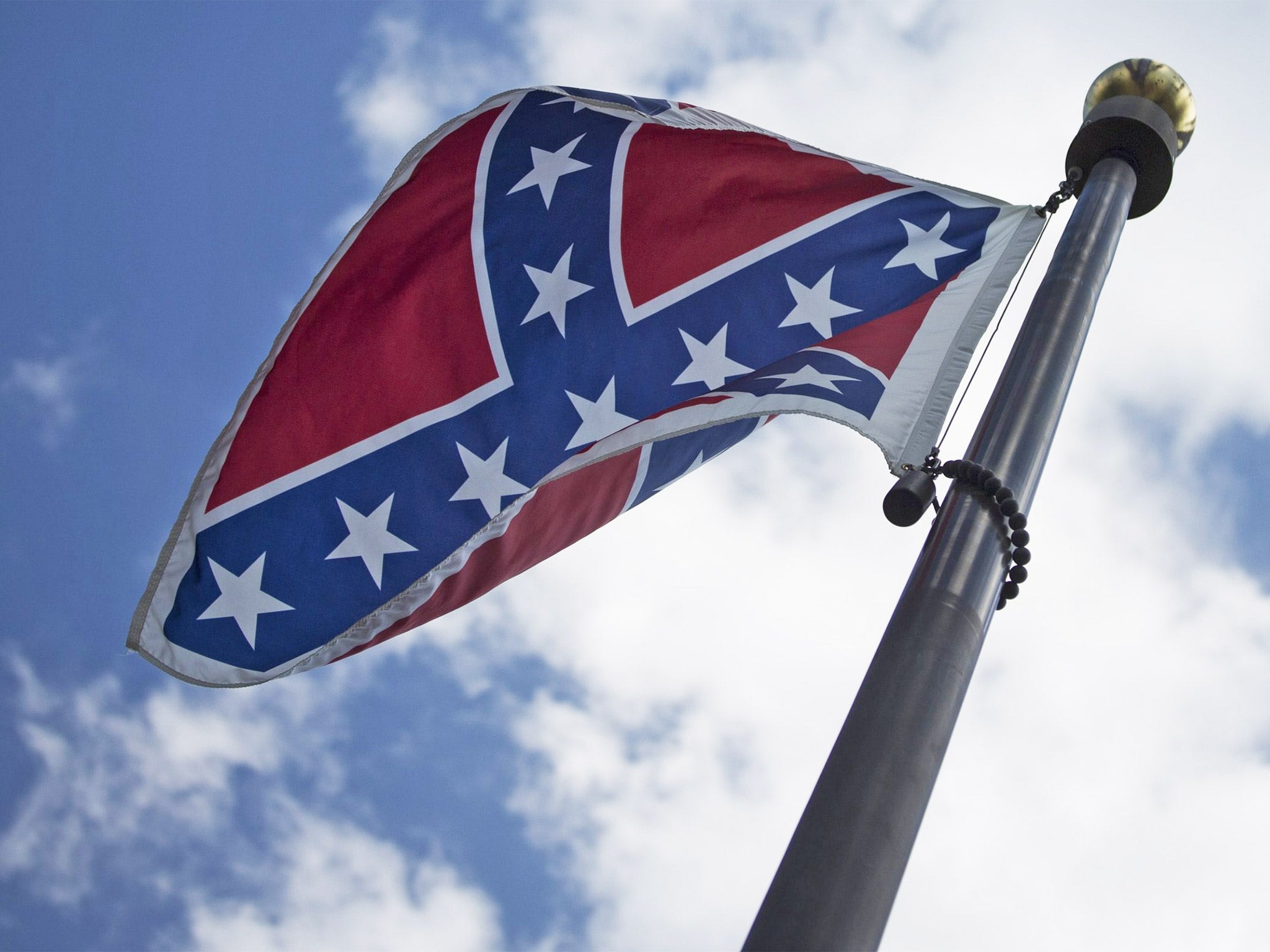
Is this the moment when the mantle of myth wrapped around the old American South is finally stripped away – when magnolia trees, mint juleps and Gone with the Wind give way to the truth of an economy built on slavery, the brutality that kept slavery functioning, and the resistance to integration that persisted for a century after the Confederacy lost the civil war?
The reverberations since Dylann Roof was charged with his shooting “spree” at a historic black church in Charleston 11 days ago have been immense. First, shock and disbelief, followed by yet another instalment of the country’s eternal debate about racism and guns; and now – most striking of all – a re-examination of the Confederacy, its modern paraphernalia and all its historical works.
Southern history has always been bathed in gold-tinged sepia. The less palatable reality may have been increasingly examined, in the writings of scholars and in movies, above all the Oscar-winning 12 Years a Slave. The myth, however, is far more comfortable: of graceful antebellum mansions in moonlight, of a genteel but valorous civilisation swept away by the enemy’s overwhelming superiority in men and materiel. Except that civilisation wasn’t truly swept away. “The past is never dead. It’s not even past,” wrote William Faulkner, that literary lion of the South. And certainly not where America’s racial past is concerned.
That the Confederate flag would be at the centre of this re-examination was inevitable. Yes, it’s a symbol of Southern “heritage” and the region’s rich and different culture – for many people merely a way of saying that they’re different. But it was also a leading prop in the pictures Dylann Roof had taken of himself.
And “heritage” is a loaded word. A flag did not cause these murders, President Obama said on Friday, delivering his eulogy at the funeral of the Reverend Clementa Pinckney, the church’s senior pastor. “But it always represented more than ancestral pride. For too long, we’ve been blind to the pains it caused, as a reminder of systemic oppression and racial subjugation.”
You can say that again. The flag was a symbol of the Ku Klux Klan, founded by six Confederate veterans just six months after the civil war’s end. Jim Crow segregation and oppression of blacks, the next best thing to slavery, was summed up by that flag. Later it became an emblem for opponents of the civil rights movement, and a banner for white supremacist and hate groups, whose websites Roof seems to have devoured.
I’m not saying that when you enter the South – in my case an hour’s drive from Washington across an invisible but ever southward shifting Mason-Dixon line – every house that flies the Confederate flag is chock-a-block with racists and white supremacists. In its more benign political interpretation, the flags signifies merely support for “state’s rights”, a cause as old as Thomas Jefferson, and resistance to “big government”. Both are articles of faith for the Republican Party that dominates Southern politics today.
And maybe that’s all that the flags along the road signify. But as I said, “heritage” is a loaded word. For the South it encompasses not just the fact that the region is different, but also the evils of slavery, segregation and the hate groups, 19 of which are active in South Carolina alone. After the Charleston massacre, they can no longer be swept under the carpet.
Where the anti-Confederate backlash will end is anybody’s guess. Mine is that the anti-flag protests are largely feel-good, a simple way of establishing one’s anti-racism credentials. Right now, even the most bigoted Republicans cannot but join them. But the anger will gradually peter out. Before it does, though, the potential ramifications are fascinating. What fate awaits Confederate monuments, some already being daubed with the slogan “Black Lives Matter”?
In six months’ time, will I still be driving along Lee Highway, a thoroughfare in the Washington suburbs named after the Confederate commander Robert E Lee? And for how much longer will there be a statue of Jefferson Davis, president of the CSA, the Confederate States of America, in the Kentucky state house?
And what of Lee himself? No one has done as much to foster the romantic image of the South. He is the epitome of the good loser, the gentleman-statesman par excellence, who holds malice towards none. Yet Lee, though he professed to oppose slavery, was also a slave-owner, and his army brutally forced free black men into its ranks. A dethroned and discredited Lee would sully the old South’s most appealing representative.
The very place of the killings was also a dagger blow to the spiritual heart of Southernness. Can the Confederacy really have been that bad, you wonder as you stroll along Charleston’s handsome seafront, and the gorgeous streets “South of Broad”, lined with elegant mansions? But many have their own dirty secrets, built by fortunes amassed by trade in rice, indigo and cotton – crops tended and harvested, needless to say, by slaves.
We associate the really nasty stuff during the civil rights era with places such as Birmingham and Selma, and states such as Alabama and Mississippi. Charleston may have been where the Civil War started, and where the nostalgia for the “Lost Cause” is still almost tangible. But for the past four years, it has been ranked by Condé Nast Traveler as the country’s top tourist destination, and few would disagree.
That perception may be changing. Back in April, a local police officer was charged with murder for shooting an apparently unarmed black man as he ran away. That was one among several such incidents since Ferguson, Missouri, last summer, and attracted relatively little attention. But the church murders have been a different matter. They’ve made headlines around the world, for days on end. These are tough times for the South. The Lost Cause has rarely looked more lost. As for the past, it’s never been more alive.

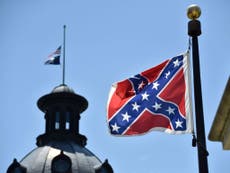
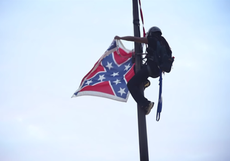
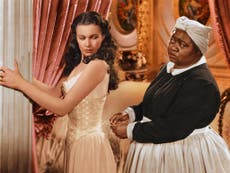

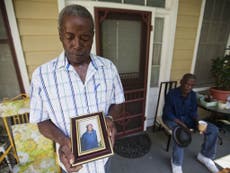

Join our commenting forum
Join thought-provoking conversations, follow other Independent readers and see their replies